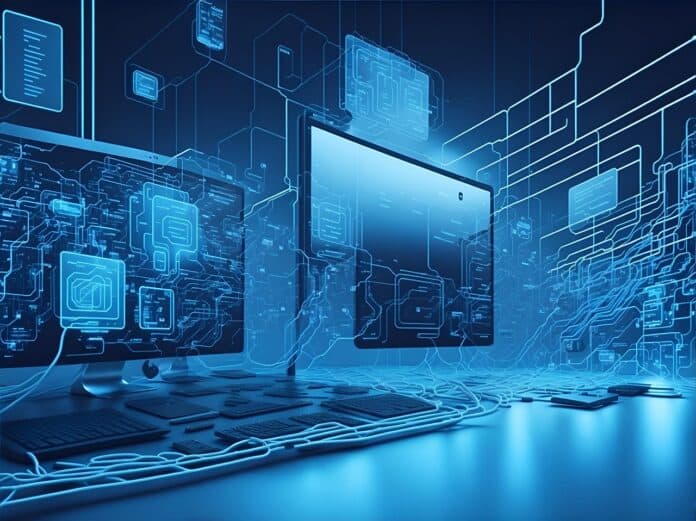
Technology has, without doubt, been a real boon to modern policing. It made modern policing a lot more effective, precise, and transparent. Technological advancement ranging from advanced tools of surveillance to AI helped in the realms of prevention, collection of evidence, and in the accountability mechanism of the police agencies.
In fact, with increased presence and use of these tools in the force, the questions of privacy, misuse, and other ethical considerations have only arisen. Therefore, the contribution of technology in policing would need an assessment in its role, challenges, and further use.
Evolution of Police Technology
It also came of age in the case of policing-from the traditional method of investigation to patrolling. As far as incorporating technology into policing is concerned, it happened in phases-from simple radios for communication to predictive policing software, biometric identifications, and high-tech surveillance. With the rise in real-time crime mapping and data analytics, police today track criminal activities with more potential ever: quick response time and resource allocation.
What comes into play in the deterrence and solution of crimes, with respect to law enforcement, is no other than the usage of the surveillance technologies. Actually, tracing the public space and spotting suspects would be easier for the police with the use of CCTVs, license plate readers, and facial recognition software.
These allow the police to solve crimes that otherwise would not have been solved simply because no eyewitness or physical evidence was available to implicate the suspect of the crime. However great these advantages are, mass surveillance, along with their use and potential violation of civil liberties, does raise grave concerns. A lot of ethical considerations weigh in on their use.
Impact of Artificial Intelligence and Predictive Policing
Predictive policing relies on machine learning for artificial intelligence to analyze past crimes and make an educated prediction about when and where they are likely to recur. Hence, this was helpful to agencies of law enforcement with resource allocation and trying even to prevent them before they even strike.
Other cities, such as Los Angeles and Chicago, tested out AI-powered programs that forecast high-crime areas for enhancements in officer deployment. Predictive policing does have its advantages, but critics argue that this extends criminal justice biases and over-concentration in targeting specific communities.
Digital Evidence and Cybercrime Investigation
The challenge was getting bigger and bigger since crimes increasingly were done in the cyber world. Recovery of data from electronic devices, tracing criminal activities online, and analyzing the digital footprint also has become very important in criminal investigations.
Cybercrime units deal with hacking incidents, identity theft, and any form of fraud caused through internet or online websites. Since it is a cross-boundary crime, law enforcements are seriously netting offenders located in another sea and presenting the same in front of courts.
Body Cameras and Police Accountability
Over the last couple of years, there has been an overwhelming consensus that body-worn cameras donned by police represent one such sure way towards meeting the dual needs of achieving goals both of transparency and accountability.
They further record objective documents of interactions that assist in reconciling disputes and rebuild public confidence in law enforcement. Body cameras prevent police misconduct and excessive use of force but at the same time, the police officers from false accusations as studies have shown. However, there are still concerns with respect to data storage, privacy rights, and the control activation of cameras.
Use of Drones in Law Enforcement
One of the new entries into the growing array of law enforcement assets increasingly providing desperately needed aerial surveillance in search-and-rescue operations, monitoring crowds, and criminal apprehension are drones.
Unlike helicopters, these are cheaper and reach into the areas that are difficult to access. They are employed by police departments to survey active crime scenes, evaluate dangerous situations, and deliver supplies in the case of an emergency. On the other hand, much like most other surveillance technologies, the use of drones does not come free from their share of challenges and controversies about unauthorized surveillance and invasion of privacy.
Future of Technology in Policing
As technology evolves, so does the concept of applying technology to policing. Ideas floating include augmented reality, blockchain for secure data storage, and autonomous vehicles for patrolling. Biometric identification, AI-driven interrogation techniques, and even robotic law enforcement units are the futures. But if police departments capitalize on these advances, substantial investment in training and ethical frameworks will be required to ensure technology serves justice and public safety interests.
Conclusion
The integration of technology has made effective practices of law enforcement evidence-based.
These tools, in the form of surveillance tools, AI, digital evidence, and body cameras, have been instrumental in either preventing crimes or holding police accountable for their wrong actions. Of course, there is an ethical implication and risks associated with such technological advancement that needs to be handled judiciously. It would mean that how this technology best balances public safety with civil liberties will finally determine its future and hence define policing.



